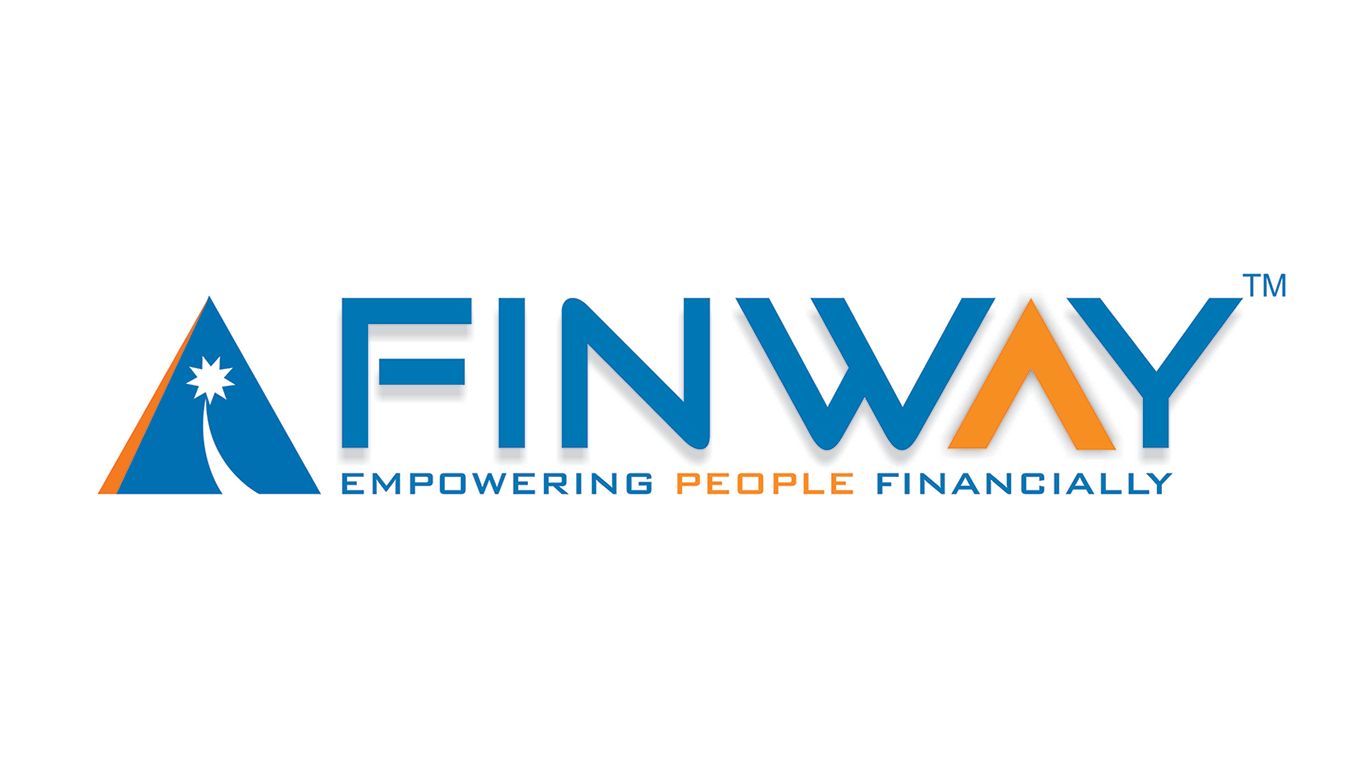martini.ai Launches Voice Typing For Real-Time Credit...
- 12.12.2025 08:40 am
Simply Asset Finance Hits £2Bn Loan Origination...
- 11.12.2025 08:55 am
Equifax Introduces Income Qualify To Deliver Insights...
- 11.12.2025 07:55 am
Empowering Women In Business: NatWest Exceeds Target,...
- 10.12.2025 12:45 pm
LoanTube Becomes The First UK Loans Marketplace...
- 10.12.2025 07:55 am
Bizcap UK Lifts Lending Limit To £1m To Meet SME...
- 08.12.2025 09:05 am
PRISM, Pepper Advantage’s Credit And Mortgage...
- 08.12.2025 08:35 am
Socure Acquires Qlarifi, Establishing The First Real-...
- 08.12.2025 07:35 am
Lloyds Completes Its First India–UK Digital Letter of...
- 03.12.2025 10:25 am
Love Finance Integrates iwoca API to Enhance UK SME...
- 03.12.2025 09:35 am
Credolab Launches Income Prediction Model to Help...
- 27.11.2025 09:45 am
PPRO Enables BLIK Pay Later to Activate Poland’s...
- 27.11.2025 09:45 am






















